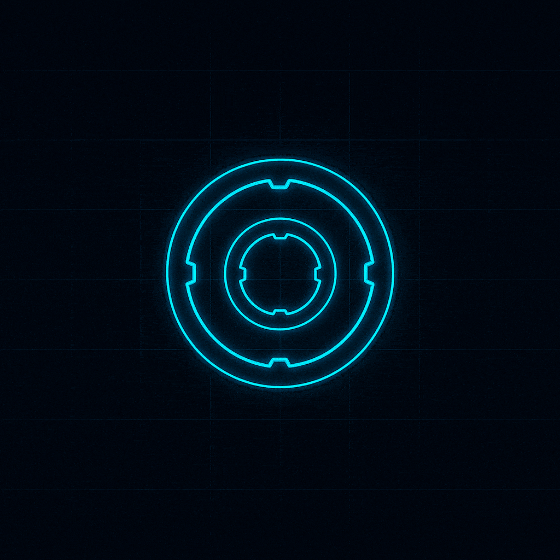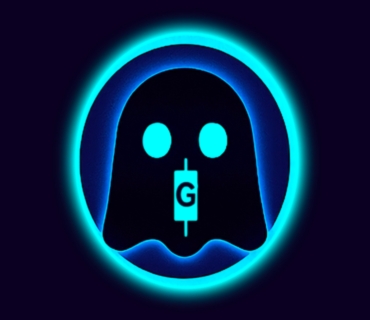What Is a Hard Fork vs. a Soft Fork?
A fork in blockchain is a change or update to the network’s underlying rules or code. When developers, miners, or validators disagree on how the blockchain should function, or when new features are introduced, the network can “split” into two possible paths.
The type of fork depends on whether the change is compatible with the old rules or not.
-
A Hard Fork creates a permanent split because the new version is not backward compatible.
-
A Soft Fork introduces new rules but remains compatible with the old system.
Understanding these two forms of upgrades helps you grasp how decentralized networks evolve over time without a central authority deciding for everyone.
What Is a Hard Fork?
A Hard Fork is a major update that changes the blockchain’s protocol in a way that old nodes (computers running previous versions of the software) can no longer interact with the new ones.
After a hard fork, two separate blockchains may exist — one that follows the old rules and one that follows the new.
Characteristics of a Hard Fork:
-
Not backward compatible.
-
Creates two distinct ledgers if not all participants upgrade.
-
Requires community consensus — otherwise, the chain splits.
Common Reasons for Hard Forks:
-
To fix critical security issues.
-
To introduce new features or major upgrades.
-
To reverse hacks or fraudulent transactions.
-
To settle ideological or governance disputes.
Examples:
-
Bitcoin Cash (BCH) was born from a hard fork of Bitcoin (BTC) in 2017 over disagreements about block size and scalability.
-
Ethereum (ETH) and Ethereum Classic (ETC) split in 2016 after the DAO hack, when the community disagreed on whether to reverse stolen funds.
Hard forks are dramatic but sometimes necessary moments in blockchain history. They can strengthen a project or create entirely new ecosystems.
What Is a Soft Fork?
A Soft Fork is a smaller, backward-compatible update.
This means older nodes can still recognize and validate blocks created under the new rules, even if they don’t enforce them themselves.
Soft forks are like upgrading a smartphone operating system — users who don’t update can still communicate with those who do, though they might miss new features.
Characteristics of a Soft Fork:
-
Backward compatible.
-
Does not split the blockchain if properly adopted.
-
Usually voluntary but strongly encouraged.
Examples:
-
SegWit (Segregated Witness) on Bitcoin in 2017 — a soft fork that improved transaction efficiency without splitting the network.
-
Taproot (2021) — another Bitcoin soft fork that enhanced privacy and smart contract capabilities.
Soft forks are less disruptive than hard forks, allowing gradual evolution while maintaining unity among network participants.
Key Differences Between Hard Forks and Soft Forks
| Feature | Hard Fork | Soft Fork |
|---|---|---|
| Compatibility | Not backward compatible | Backward compatible |
| Network Effect | May split the blockchain | Keeps one blockchain |
| Consensus | Requires all nodes to upgrade | Works even if some don’t |
| Risk Level | High — can divide community | Low — minimal disruption |
| Example | Bitcoin → Bitcoin Cash | Bitcoin → Taproot upgrade |
Why Forks Matter
Forks are how decentralized systems adapt. Since no single authority controls the blockchain, changes require majority consensus from the community.
Whether through a hard fork or a soft fork, these updates ensure that networks can fix bugs, improve performance, and evolve with new technologies.
Forks embody the democratic spirit of blockchain — every participant has a voice, and progress happens through open collaboration and consensus.
Summary
A Hard Fork is a radical change that can divide a blockchain into two separate versions.
A Soft Fork is a gentler upgrade that keeps the community united while adding new functionality.
Both are essential to the evolution of decentralized technology. Hard forks push innovation through bold changes, while soft forks maintain stability through careful improvement.
Together, they represent how blockchain communities grow, adapt, and protect their shared vision of a decentralized future.



Add comment
You must be logged in to post a comment.